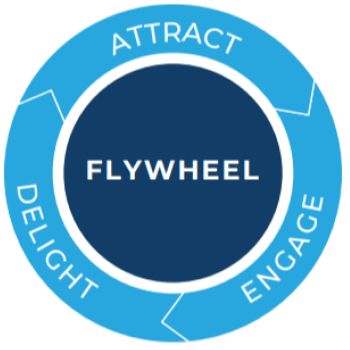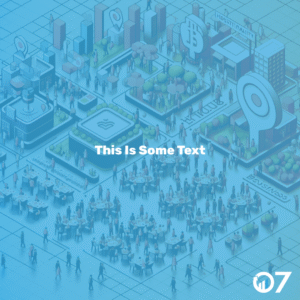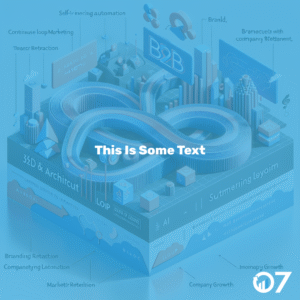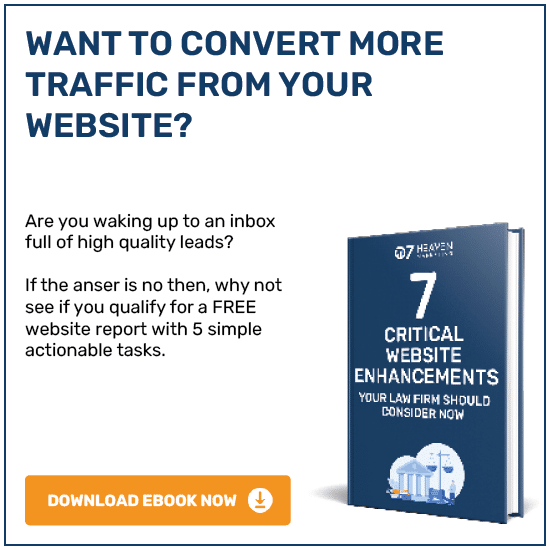Included in this blog are inbound marketing examples around strategies and marketing techniques you can use within the inbound methodology.
Inbound marketing is about providing solutions and openings that have a positive influence on people and your business.
An inbound marketing strategy can include several channels and types of content that attract potential clients to your website. It is the underpinning for the idea that it is not enough to attract people to your website, you must continue to help, support, and empower them well after they become a customer.
What is Inbound Marketing?
Inbound is the process of attracting, engaging and delighting people to help grow your business. Making sure you are also providing value and building trust.
Once someone arrives at your website, your sales team can engage with them using conversational tools such as email or live chat, continuing to provide value as they learn about your business. Your customer service can then delight them and continue to do so long after they become a customer, acting as an expert on your product and on hand to assist. Creating content designed to address the needs of your ideal customers, you attract qualified prospects and form trust for your business
This is known as the flywheel, which is utilised to help grow your business faster, and more efficiently.

Inbound Marketing Examples: Strategies
Using the flywheel above you can create targeted strategies within your marketing campaign. Below are some strategy examples.
Attracting Strategies
To engage your audience, start by producing valuable content. This can be blog posts, content offers, and social media updates. Share guides on product usage, solutions for pain points, client testimonials, and promotion details.
For inbound marketing success, use an SEO strategy on all content. This targets specific keywords related to your product or service.
It helps your content organically appear on search engine results pages. This targets those searching for your information, reaching your intended audience.
Engaging Strategies
When engaging your audience in the inbound way, make sure you are dealing with clients in a way that encourages them to build a long-term relationship with you. When using these techniques, instil information about to the value of your business.
Certain engagement strategies include how you handle your inbound sales calls. Rather than selling the product approach your calls in a way that sells the solution instead. This will ensure that the customer feels as though they are being listened to, ending in an agreement that mutually beneficial for both the customer and your business.
Delighting Customers
To delight a customer, ensure they are happy, satisfied and supported long after they make a purchase.
These strategies will involve your team becoming advisors and experts who are willing to assist customers at any point in time.
Incorporating well-timed surveys to assist, support and request feedback from clients is a great way to delight these people. For example, a satisfaction survey can be sent out 6 months after the customer made the purchase to review ways you can make improvements based on the feedback received.
Customers may also use social media to provide feedback, ask questions, or share their experience with your product or service. Therefore, it is important that you respond to these interactions with information that is useful and supportive, to show that you are listening and care about them.
It is worth remembering that a delighted customer can become a brand ambassador and promoter, so handle all interactions with care, no matter how big or small.
Inbound Marketing Examples: Techniques and Tools
As an inbound marketer, it is your responsibility to attract potential clients to your company, engage with them and delight them. It is important to incorporate your sales team to keep the flywheel spinning effectively and help the business grow.
Below are some examples of marketing tools and techniques that can be used in the inbound methodology.

Attract
You do not want just anyone visiting your website. You want people who are going to convert from leads into happy customers. One way to achieve this is by attracting the right customers with relatable content at the most appropriate time. Publish your blog post or video content across social networks and create ads to increase awareness of your brad with your target audience. You will be reporting at each stage, making informed decisions on where you need to improve based on the data you collect
Engage
Once you have attracted the client to your site, you need to begin engaging and creating a lasting relationship with them through the preferred channels, such as email, live chat, or messaging apps. CTA’s, forms and lead flows should be used to capture information from people visiting your site. Use all the information you gather to help personalise the website experience and the entire buyer’s journey, using email and workflows. By targeting specific audiences with your social content, this will help to enhance brand loyalty.
Delight
Use email and marketing automation to deliver the most relatable information to the right person at the most appropriate time, every time. You can use the conversations inbox to align with your sales team members and create contextual conversations with the people you do business with.
We have created a digital marketing resource page, why not check it out? It is about all things digital marketing and inbound marketing. We have listed informational blogs about inbound marketing methodology, SEO, content creation and social media management.
For further insights and guidance, we invite you to explore our blog at 07hm.co.uk/blog. Here, you’ll find a wealth of information tailored to the needs and challenges of SMEs navigating the digital landscape. Additionally, if you have specific questions or need personalised advice, don’t hesitate to reach out to us via email at info@07hm.co.uk or telephone on 01702 410663.






